We previously sat down with self-trained photographer Graeme Kennedy to learn about his background and how he got into photography.
Born in the Canadian Rockies with an insatiable hunger to look deeper, understand more, and explore the stories behind mundane aspects of life most of us take for granted, Graeme chose to pick up a camera.
READ MORE: Just Say Yes' – Graeme Kennedy's Photography Philosophy

He has photographed everything from mushroom harvesting in Lishui to surfing culture in Hainan, from agave farms in Mexico to cacao production in Tanzania.
Averaging hundreds of thousands of photos annually, Graeme’s motto is: “Just say yes.” And that motto has opened doors for him in some of the remotest corners of the globe.

In the second part of this two-part series, we take a deep dive into the favorite places Graeme has traveled in China, the inimitable experiences he’s had there, and the connection he’s felt with the people, places, subjects (and food) he’s captured through his camera lens.
Here is his story.
Which is your favorite place in China you have shot so far and why?
I’ve always had a rule of thumb, which is: if a friend invites you to their hometown, you go.
It doesn’t matter if that city is a seemingly dry or unimportant or an industrial city in Zhejiang or Henan or Gansu, get your shoes on.

I’ve never been disappointed by these trips: tucking into succulent, slow cooked lamb noodles in Deqing; trying to make sense of wedding rituals in the countryside outside of Xinyang; or waking up early for spicy breakfast noodle soup in Pingliang.
I'd never heard of these cities before, but now they hold a place in my heart.
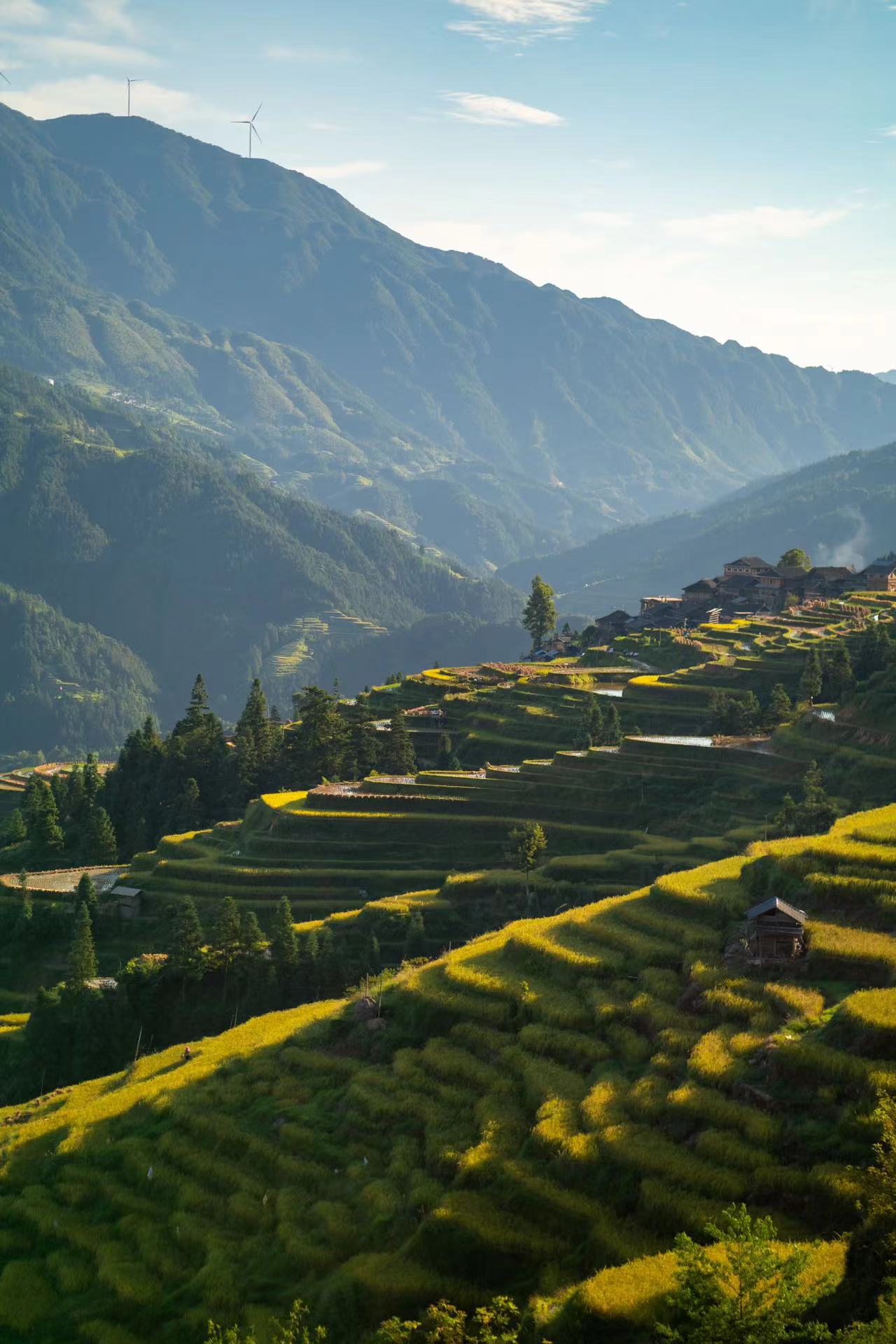
China is a celebration of the unexpected; if you stick to your plans and follow a set path, you miss out on so much.
Getting lost here – in the language, the food, and the countryside – is what made me fall in love with China.
So whenever someone asks me for travel advice it is this: get lost; avoid the tourist destinations; go to your friend’s home town; get excited about food; be relentlessly curious about what’s happening around you; spend less time taking photos and more time really being there.
8 China Destinations I’ve Loved Getting Lost In
Map Nerding in Northern Gansu
Here is something that fundamentally changed my view of China when I arrived. If you take a map of China and draw a straight line from the top right (on the border of Russia) to northern Myanmar, you cut the country in half, geographically.

A huge amount of what happens in China is to the east of this line: my little lane house; the incredible soup dumpling shop on Jianguo Lu and Gao’an Lu; bustling cities; tons of factories; Shanghai, Beijing, Shenzhen – 1.2 billion people live east of this line.
This is the Hu Line, named after geographer Hu Huanyong (胡焕庸).
About 5% of the population lives west of this line. It's mostly mountains, deserts, rolling grassland and high plateau. This is Xinjiang, Qinghai, Tibet, Inner Mongolia, Gansu – enormous, sprawling and fascinating provinces that few venture to.
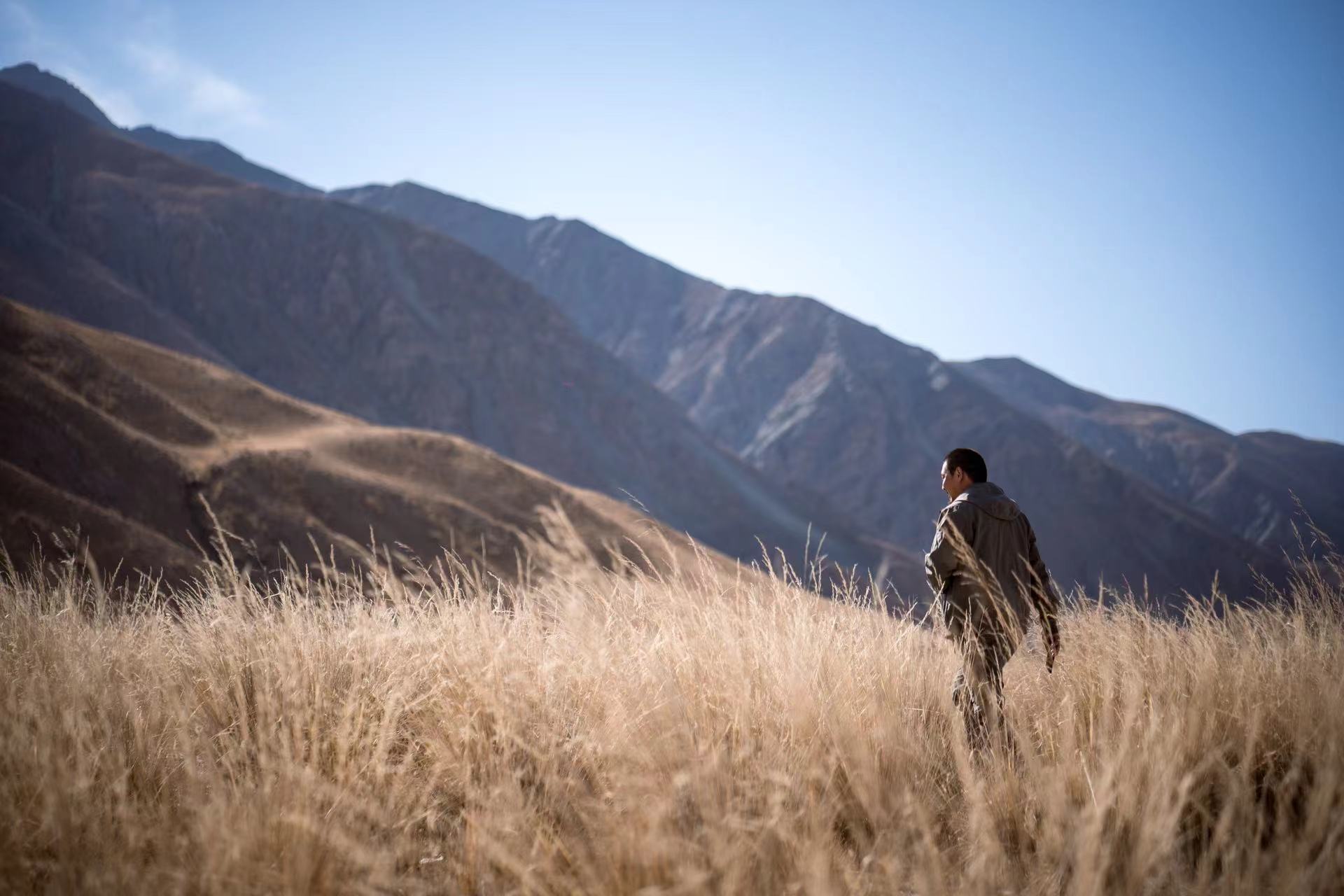
These photos are taken in a Kazakh autonomous county in Gansu, along the border of Xinjian – a high plateau where I saw more Tibetan antelopes and camels than humans.
I think it's important to consider that this is what huge amounts of China looks like: vast dry lands rolling off into mountain ranges, with the squish of sand in your boots.
It's where China seems a little more like Canada than the smoggy sprawling cities and traffic jams I remember seeing on the news before I arrived.
Vineyards Along the Helan Mountains
I’ve recently adopted a new house rule: if I am opening a bottle of wine, it better be from China.
When I moved to Shanghai nearly a decade ago, you could get Great Wall wine in the convenience store, but it was a punchline.
China was producing good wines at the time, across several growing regions, and had been for years, but the best ones weren't cheap, and the cheap ones weren't very good.
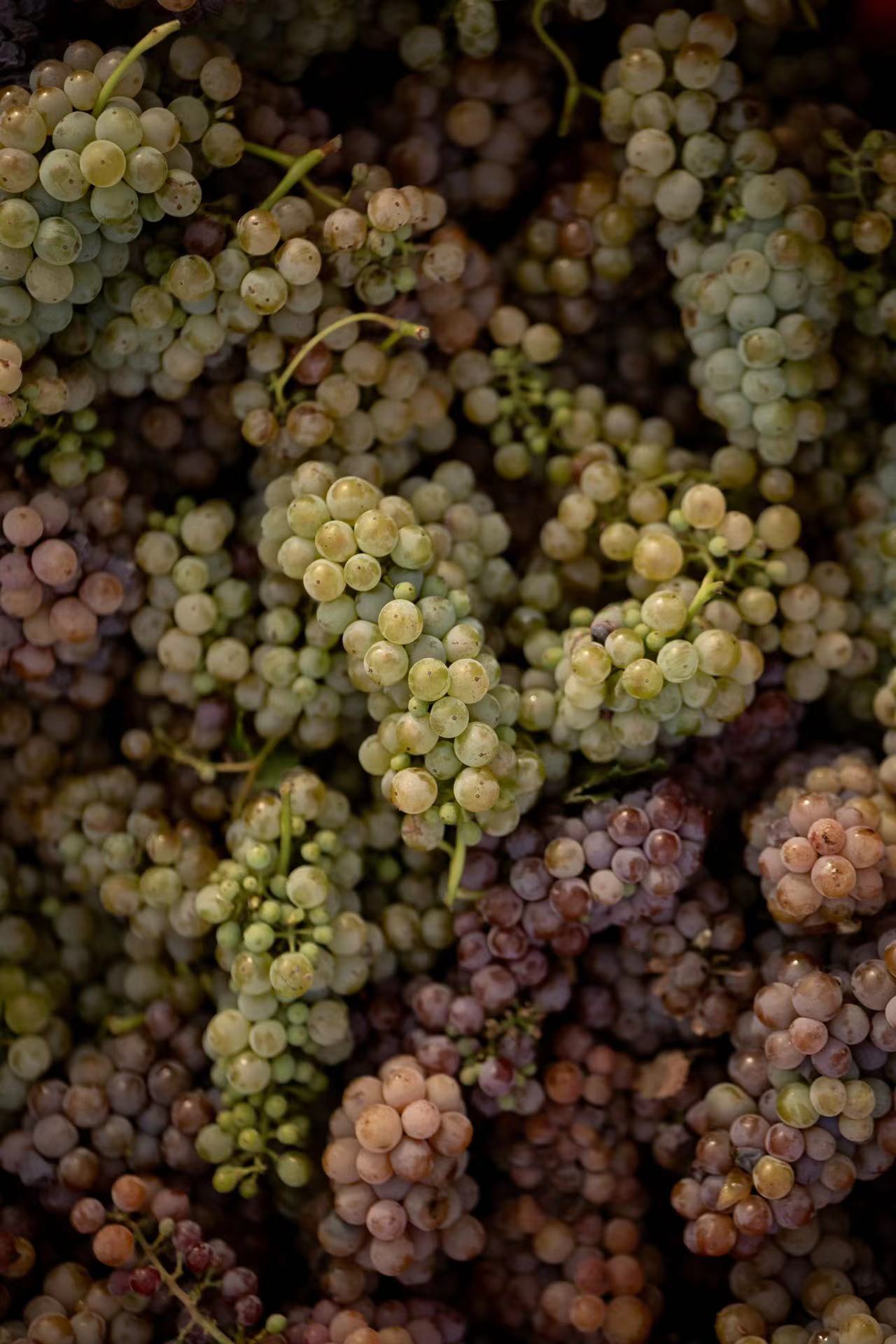
There was a lot of drive to create a Bordeaux style of wine. Vines and wine makers were both often imported.
A few years ago, this began to change as wine makers like Ian Dai (from Xiaopu Winery in Ningxia) started to buy grapes from Chinese vineyards and made natural, easy going wines they could sell at a reasonable price.
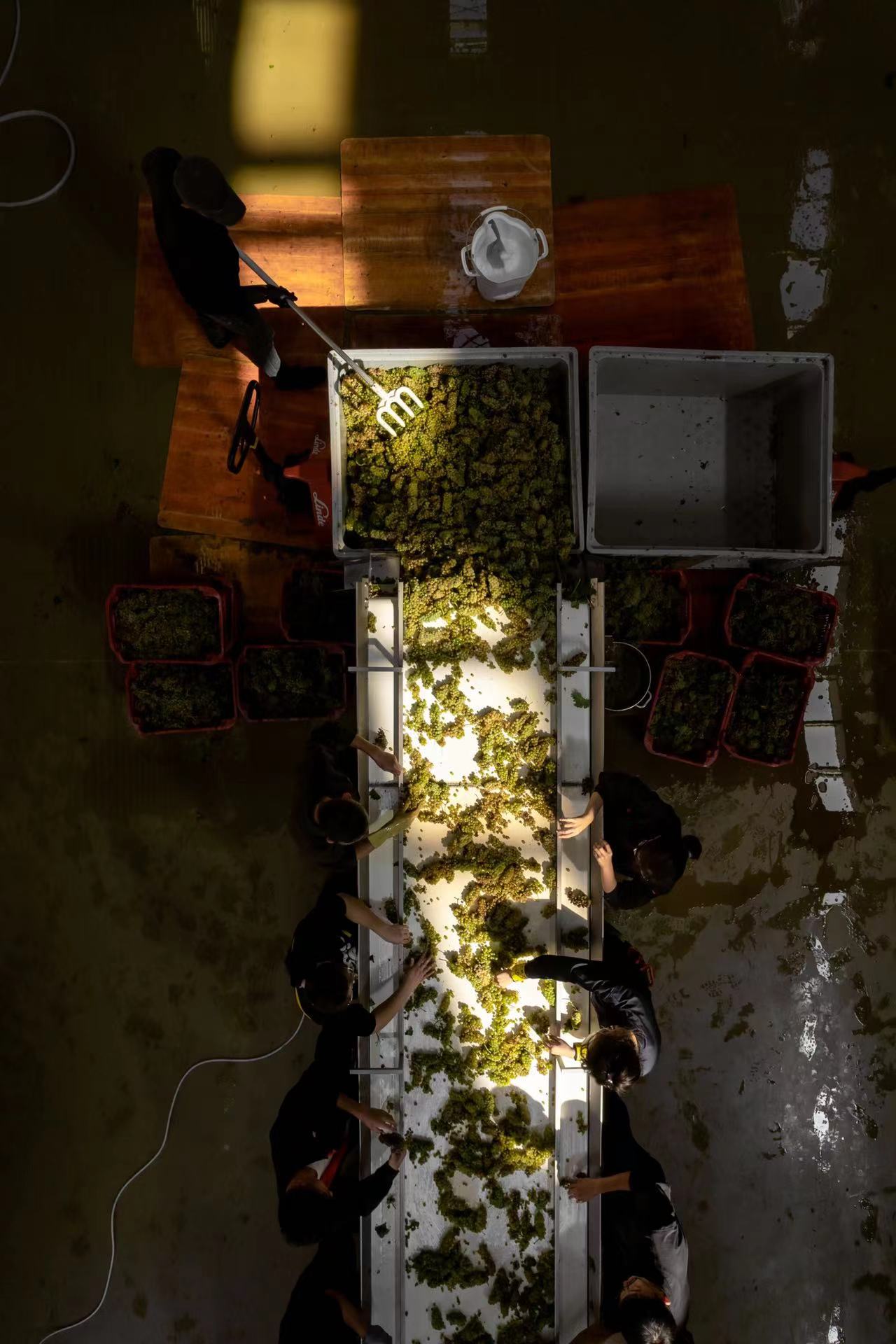
Where there was once only a handful of wines like ‘The Last Warrior’ from Silver Heights that sat in the affordable and enjoyable range, there are now enough to fill my shelves at home: 聚 from Xiaopu; Sho Fang’s Tempranillo; Cabernet Sauvignon from Domaine Des Aromes; Muscat from Puchang...
The list goes on and on – and are now easily accessible through DrinKuaidi (via Eleme) and Simple Drinks (via Taobao).

Not all of these wines are from Ningxia, but if you are looking to nibble grapes off of vines, a wine tour out of Yinchuan is the place to start.
Bigger producers like Xige offer tours; boutique vineyards like Silver Heights do tastings; and quiet spots like Domaine Des Aromes might let you poke your head in if you're with the right guide, all padded out with lamb, spice, and noodles that play a big role in the incredible Hui cuisine of the region.
The Former “Island” of Guizhou
The incredible landscape that makes Guizhou so iconic also played a big role in keeping the region fairly isolated until recently.
That isolation meant that salts, vinegars and spices that were shaping Chinese cuisine weren’t as accessible in Guizhou, so fermentation became the most accessible flavoring in town.

Today, railways and highways now thread through the province’s spectacular limestone mountains, and although the sights are something to behold, you really remember the smells.
Sichuan next door is known for numbing spice (麻辣 mala) while Guizhou is known for sour spice (酸辣 suanla), which comes from a variety of fermentation methods, giving it that mouth-watering funk.
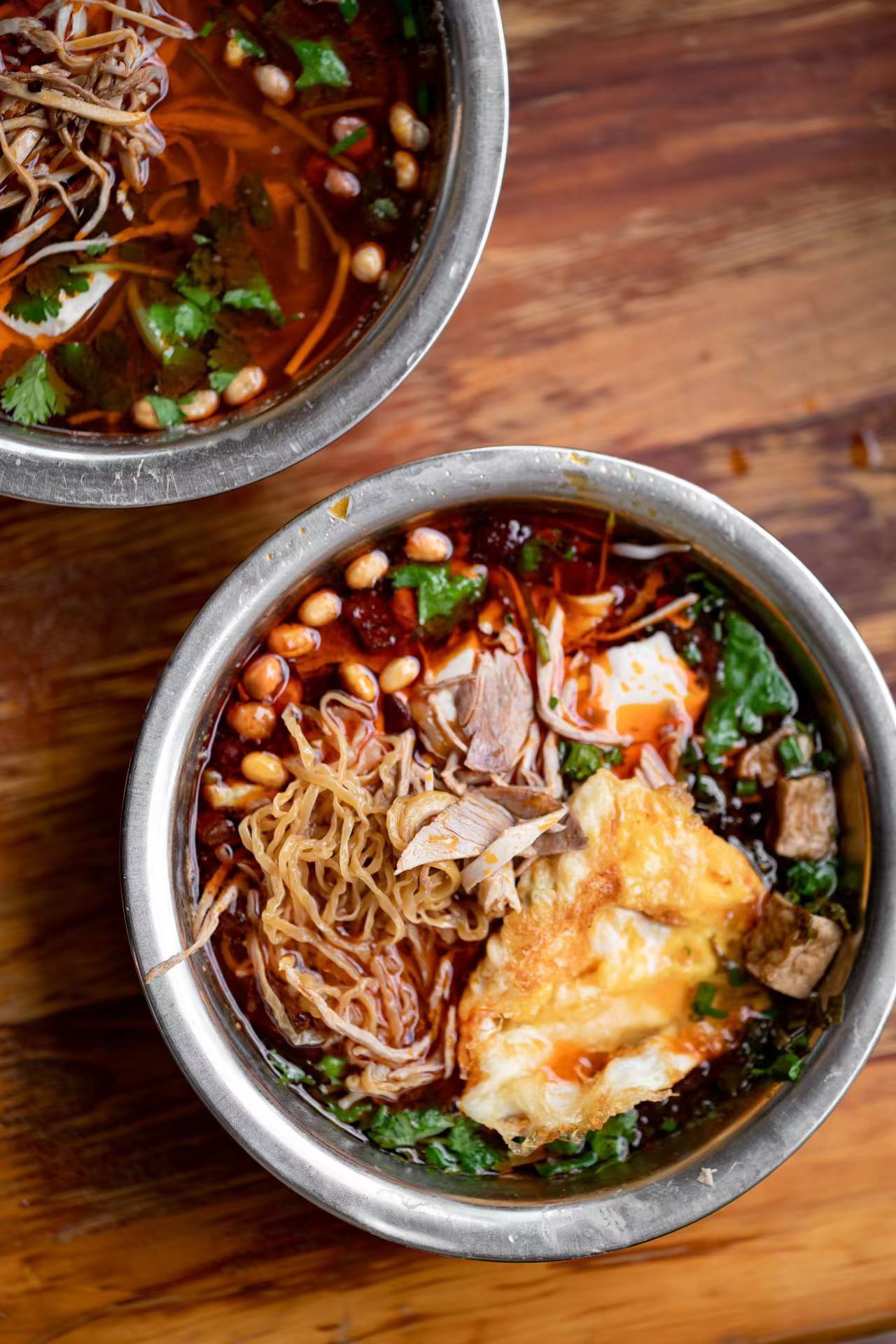
So when you are ready to level up from Guizhou restaurants in Shanghai like Shan Shi Liu or the inventive Oha Eatery, it might be time to fly to Guiyang.
It's a show of China's ingenuity, with some of the country's most interesting dishes from some of its most stunning farmlands.
The Bittersweet Corners of Hainan
Hainan became the tropical escape for most of us during the past few years: Sanya beach hotels; surfable breaks up the east coast; a population of the trendiest Chinese youth in Riyue Bay escaping the 9-9-6 grind.
I ended up filming a handful of short surf documentaries about this rising trend for Vans last year, but all of this is just along the coastline.

Hainan is an incredible story of Southeast Asian migration and movement. The island is further south than Hanoi, and it’s brimming with tropical fruit, seafood, and… cacao.
I’ve been lucky to film the story of chocolate from the trees in Africa, Latin America, Hawaii, and Southeast Asia all the way to the chocolate bars being made in Austria, so hearing there was cacao just up the road from where I was filming surfing was super exciting.
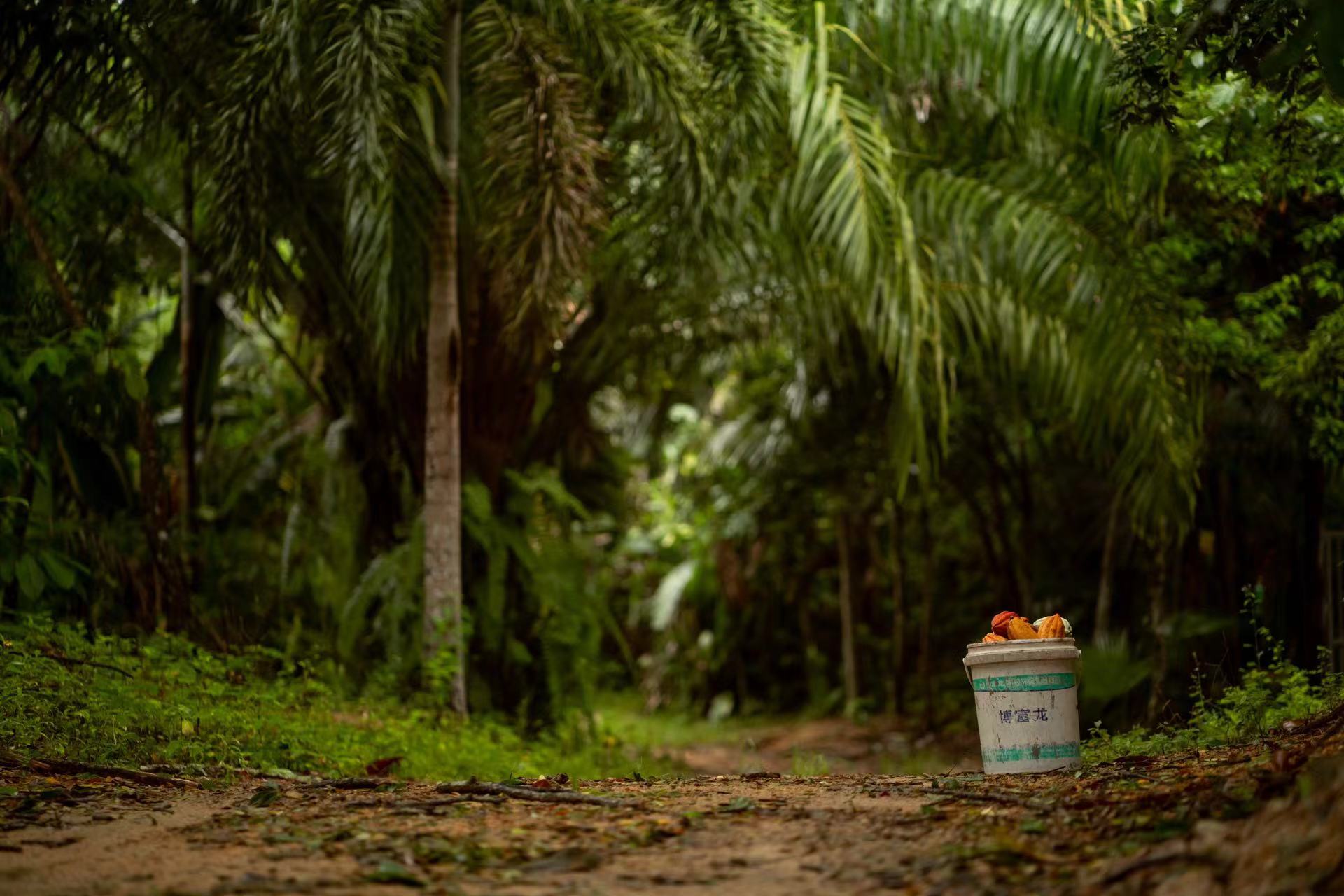
Cacao has been around for almost 70 years on Hainan, dating back to a group of Southeast Asian farmers who brought with them seeds and plants.
The cacao trees that were brought over were mostly shrugged off, but the quality was good enough for chocolate makers like Kessho and Jokelate from Shanghai, who have made fully Chinese bean-to-bar chocolate.
It’s yet another reminder of how diverse China is...
Want to hang out in -40 degree weather on a chair made of ice? Harbin.
Want to drink fresh coconuts on a beach? Wanning.
Want to ride a camel in a desert? Dunhuang.
Want to do it all in one weekend while eating a local chocolate bar? China.
Chongqing Sweat
It was the first time a restaurant owner I was dining with looked me dead in the eyes, smiled, and said, “You are going to have horrible diarrhea tomorrow.”
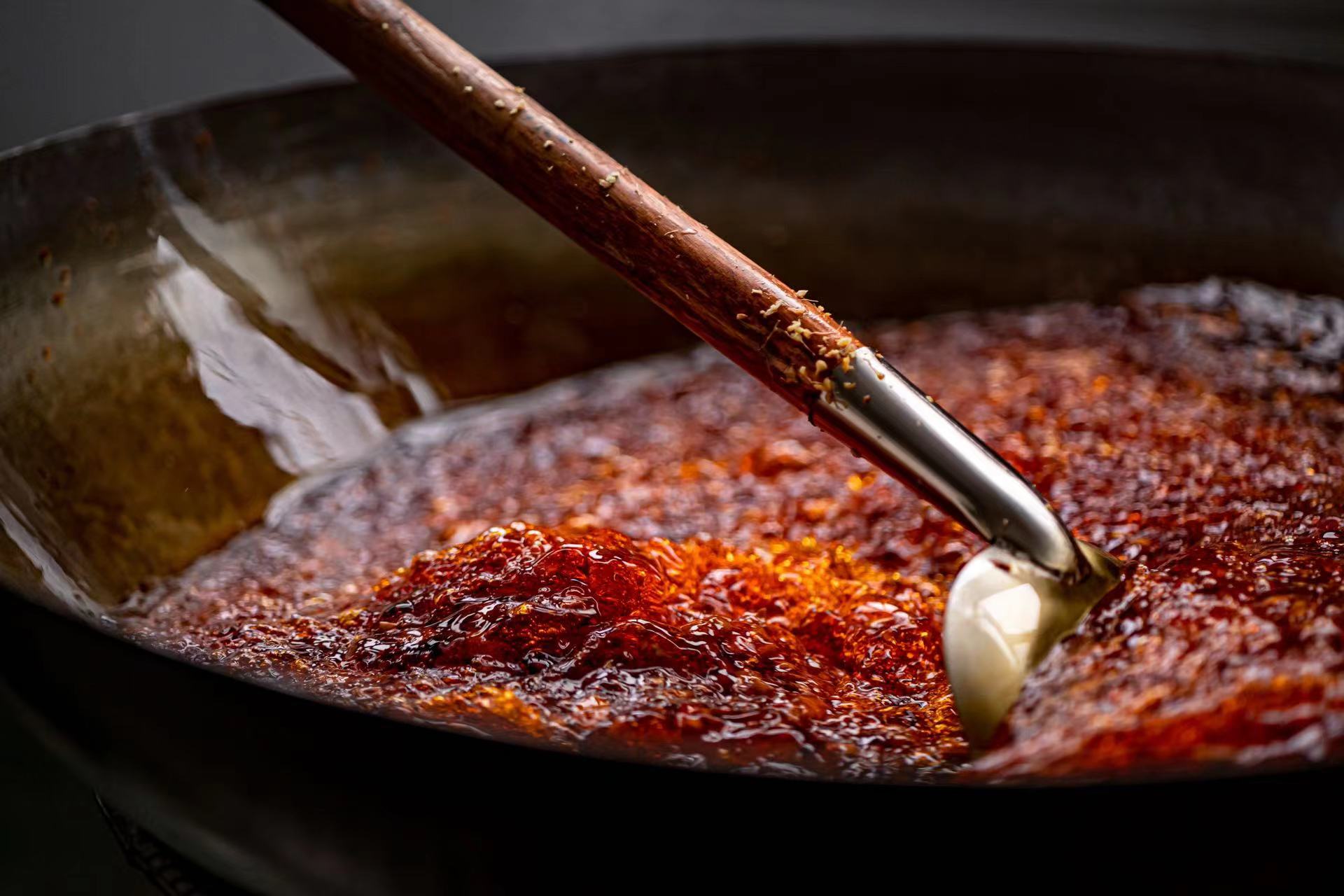
Chongqing hotpot traditionally uses a little bit of today's soup, boiled to sterilize, in the next day's preparation.
It's not unlike the idea of "master stocks" in Cantonese kitchens (where some sauces go back decades).
It's not cost-saving; rather it's flavor-building. And, after generations of this, the sauces pack some serious flavor.
Years ago, this practice was regulated out of existence (mostly) amid food safety scandals and an increase in domestic tourism.
I was in the city filming a hotpot base factory, and I got curious about how that change has affected the flavor of Chongqing’s most famous meal.
Later that day, halfway through a dinner with a restaurant owner, we started talking about it. He sized me up, leaned back in his chair, and shouted back to the kitchen. Most chefs keep a bit of that master stock hidden away, some small restaurants still serve them... and I made the cut.
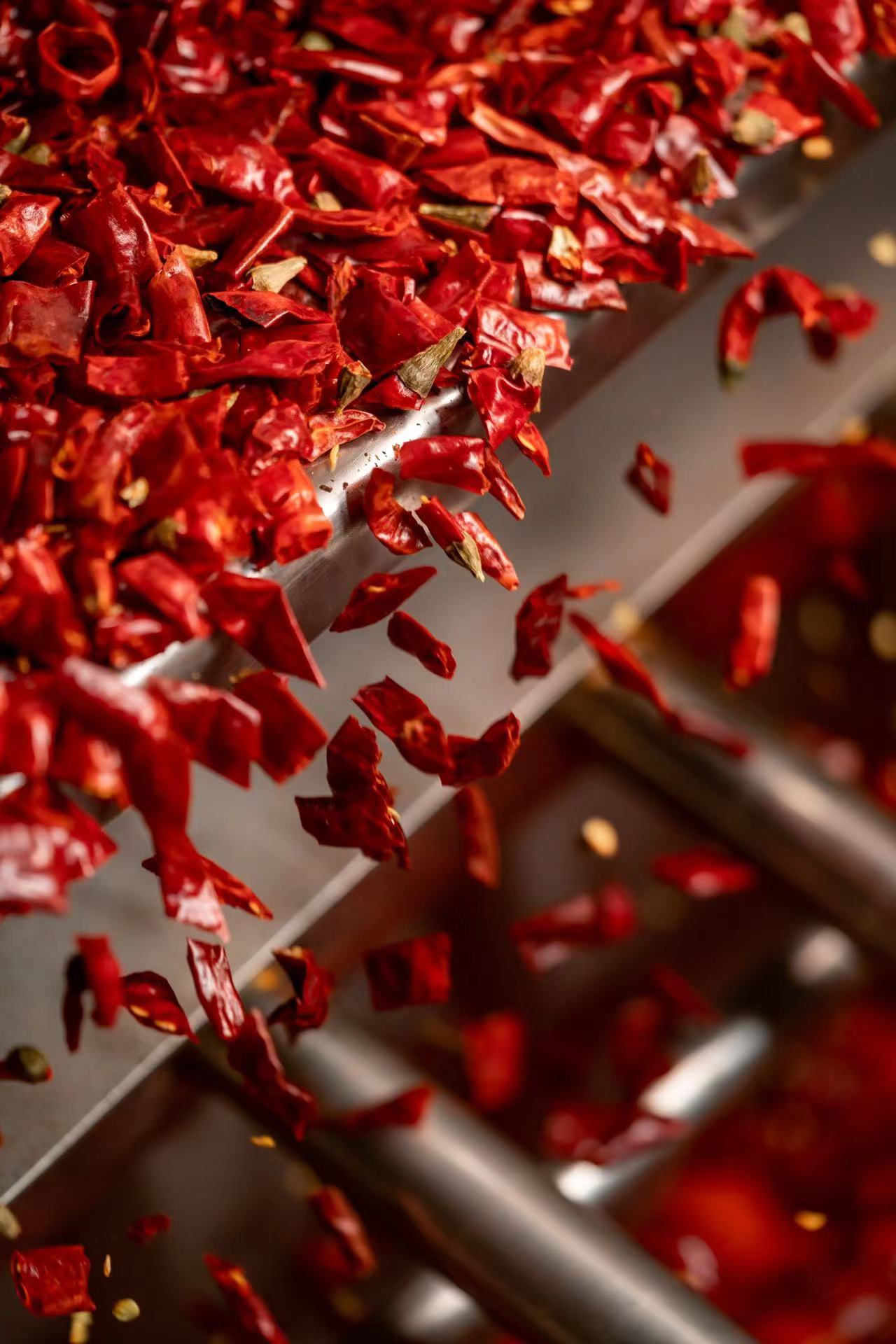
As soon as the thick, crimson red oil was poured into our hotpot bowl, everything changed. The flavor was something else. Thousands of hotpot sessions, compiled and dripping off my piece of cow tripe.
I was sweating in seconds. Decades of chilies leaving their capsaicin in this oil.
I was buzzing.
Not all delicious food is comfortable, and Chongqing hotpot is a legendary example of that, especially with a local friend who knows the spots. As far as Chinese dining experiences go, Chongqing hotpot is one not to miss.
There just are two important tips: drink a lot of soy milk during dinner; and don’t book a morning flight home the next day.
Small Balls of Sichuan
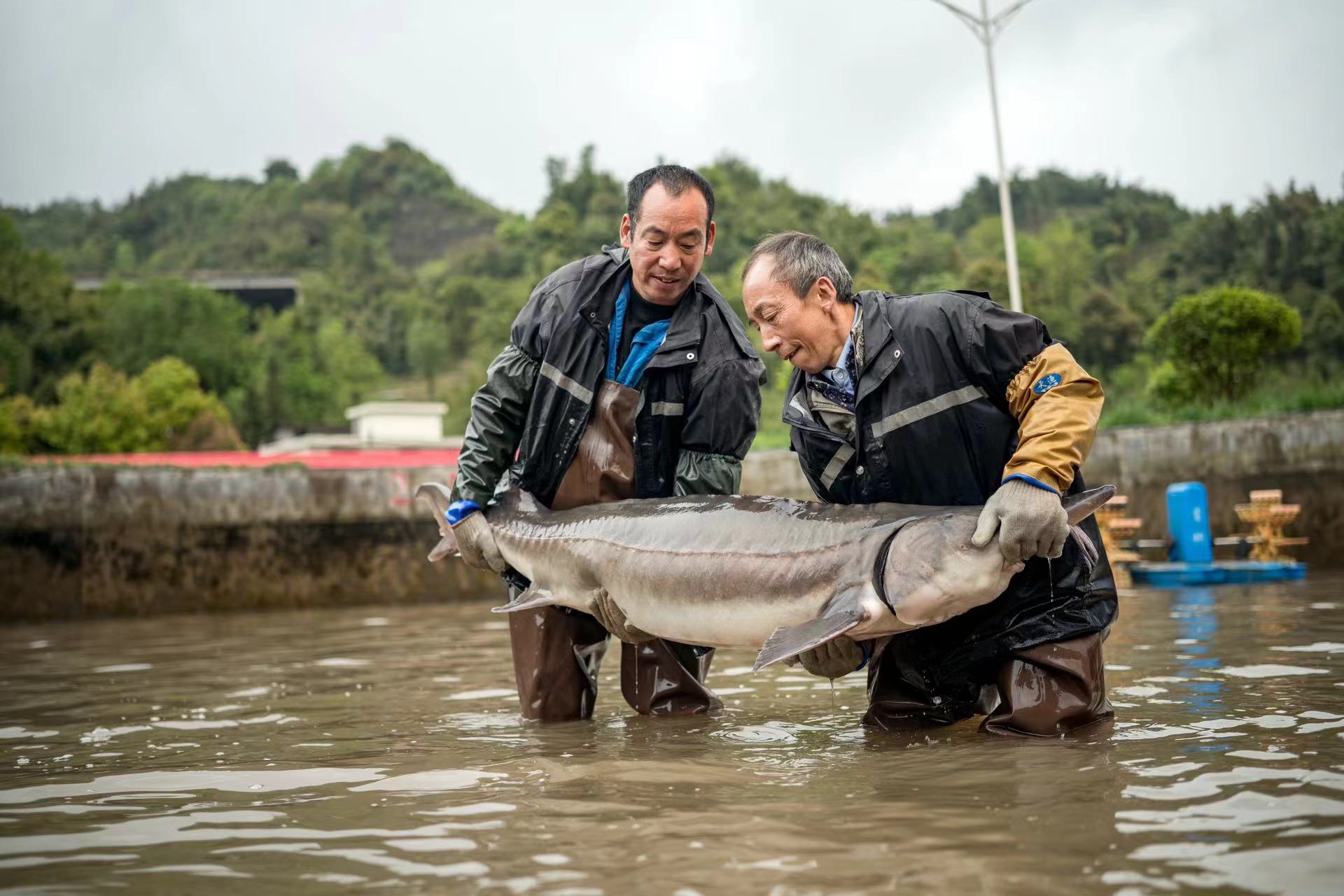
When I think of caviar, I think of Russia. But the reality is that much of the world’s caviar comes from China. And some of the best comes from Sichuan's Hanyuan County (also famous for Sichuan peppercorns).
I remember when I was a child how "Made in China" meant cheap. But standing waist deep in a sturgeon tank filled with fresh mountain water, wrestling out a fish that will be harvested for high-end caviar, that phrase started to mean something else.

China, for so long, was a destination for traders. The Silk Road and the sea routes were carved around the globe just for a young Europe to get access to the finest silks and porcelain.
China has a stunning history of craftsmanship and care, whether that’s from the carefully curated Sichuan peppers farmed specifically for the emperors of the past; the caviar of today; or the future wines of Sichuan that are just being planted.
Noodle Yourself to Death in Shanxi
If you think Italy is the land of pasta, let me take you to the coal mining, wheat growing, industrial northern province of Shanxi.
Shanxi might not be the first on many people’s list of places to go; it’s easily confused with the somewhat more touristy Shaanxi province next door – lauded for Xi'an’s Terracotta Warriors.
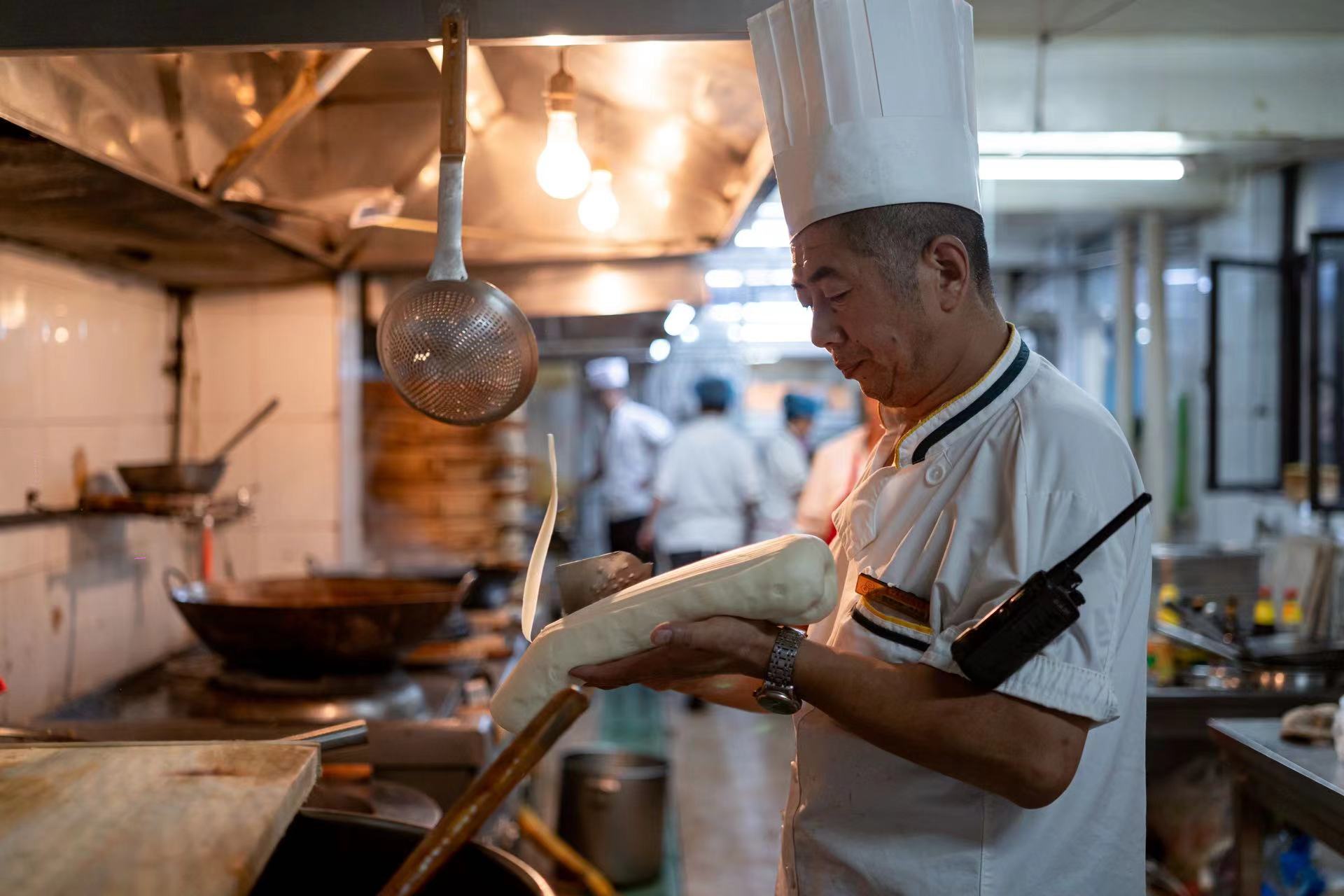
But if you want to eat dozens of different types of noodles in a weekend, you are in the right place in Shanxi.
I’m working with Chris St. Cavish (a Shanghai-based chef, writer, and foodie) on a noodle book, and part of the legwork required is eating as many types of noodles as possible. Where else would you go?
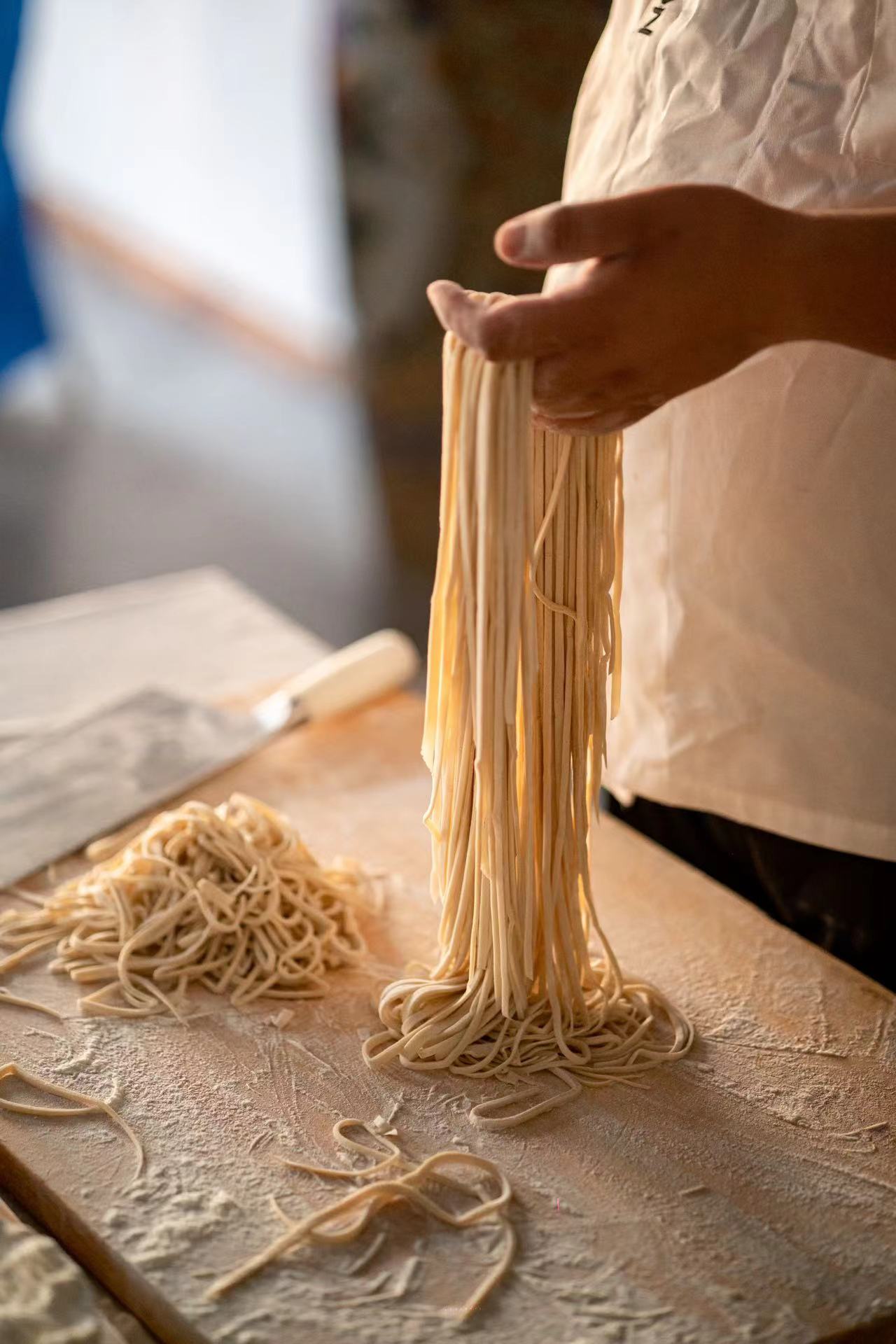
Cat ear noodles, scissor cut noodles, knife cut noodles, pulled noodles, flicked noodles, dog tongue noodles, one long noodle for birthdays, noodles pressed by some lady on an enormous garlic press thing, ‘foreskin’ noodles (yup!), rolled noodles, shredded noodles, noodles, noodles, noodles.
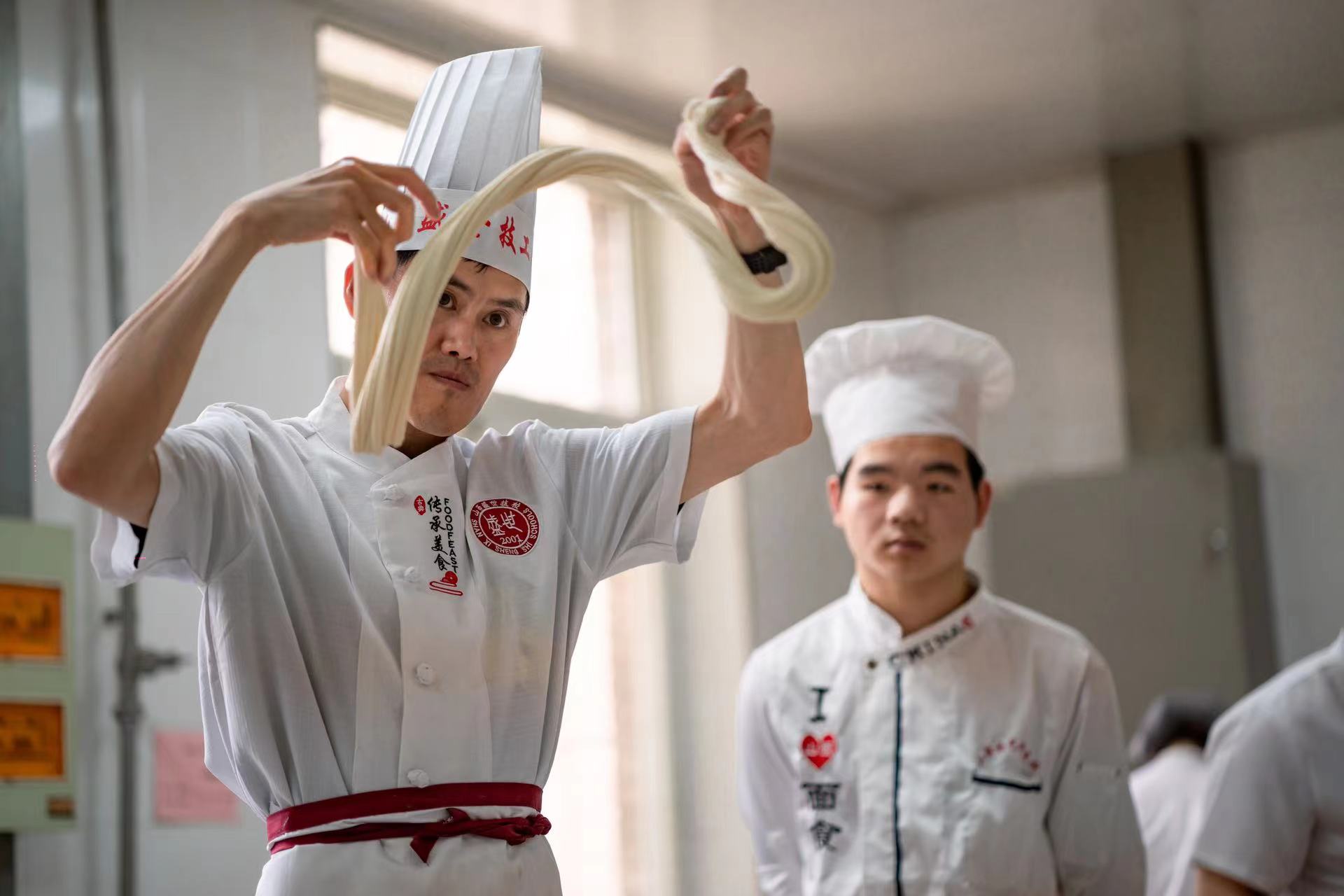
Xinzhou even has a little ‘noodle town,’ and Daton – known for its knife cut noodles – is also home to some beautiful ancient compounds and grottos.
China has a wildly long history of fascinating food, and noodles, which vary from town to town. Thank goodness someone is writing a book about it.
Zhejiang for the Soul
When I started working at naked in Moganshan, the boutique hotel industry was booming.
Venturing out to Moganshan for a weekend escape from Shanghai was fairly common, and I was lucky to spend loads of time at their resorts filming, watching naked Castle getting built and eventually opened.
And, in the years after I left naked, Zhejiang remained a special place in my heart.

I started documenting the design and construction of a resort in Lishui called Taoye, situated in a small village called Songzhuang.
Many of these villages are barely half full; urbanization and opportunities in the city have left these towns with only their elderly population, who spend their days farming, cooking and finding warm spots in the sun to gossip.
Watching Taoye come to life in its little village was like seeing fresh air breathed into it – even the construction process fascinated me.
Old Chinese construction is often designed like a big puzzle; few nails are used as everything is carved to slot together perfectly, which means if you want to take it apart, it’s more like taking apart IKEA furniture than demolishing a house. Once you do your alterations, you just slot it back together again.
The narrow lanes of this 700 year old town meant that the work was mostly done by donkeys and by hand, right down to the few nails that are used – they were hand carved out of bamboo on site.
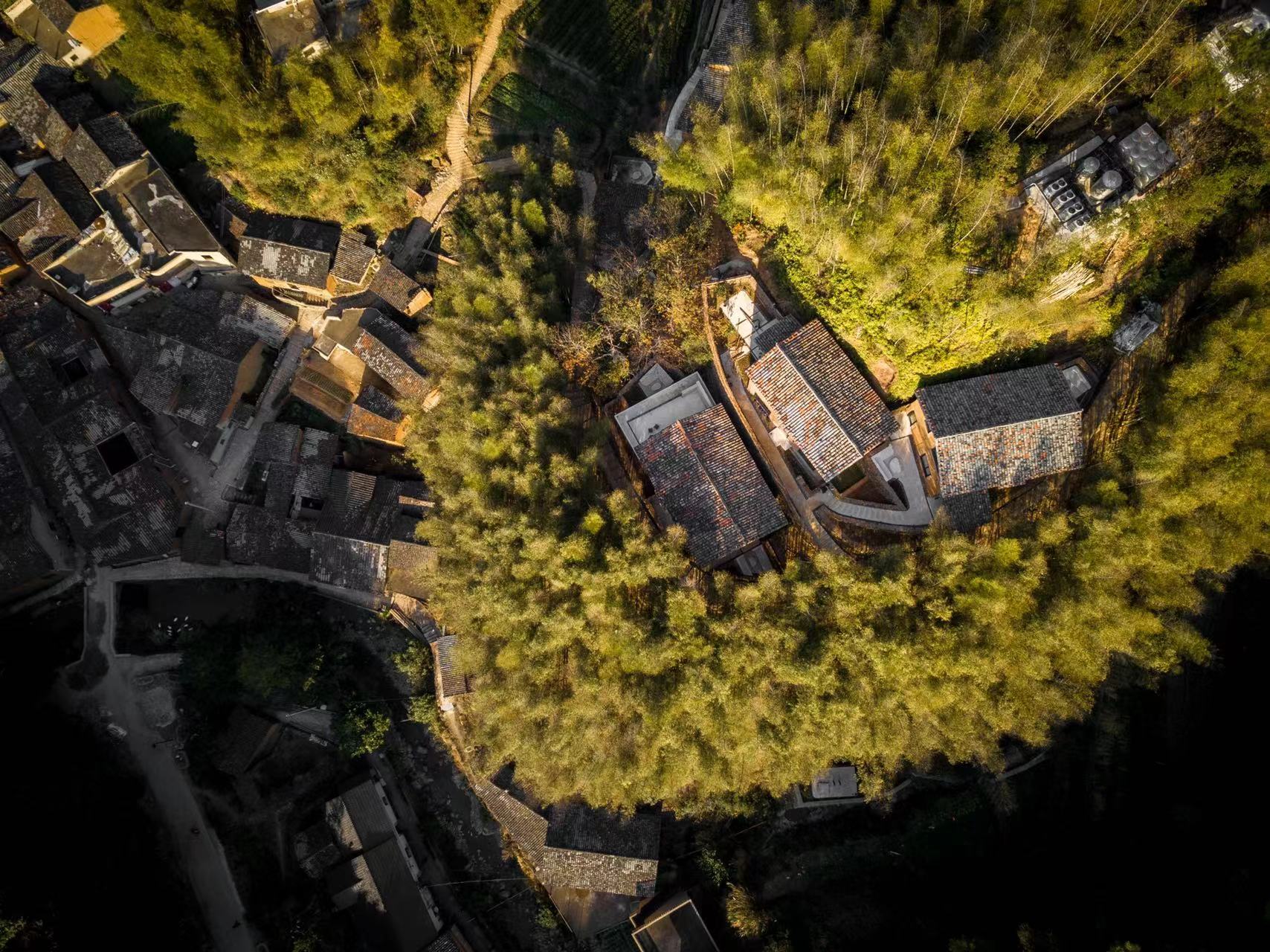
Zhejiang is ever changing, with new boutique hotels opening all the time.
Some exciting ones to watch for this year in Moganshan include MOOKE, which includes MOOKE&Co (a sort of ‘remote work haven’).
A new, younger generation is finding their way to Moganshan, putting coffee shops next to tea rooms and creating space for the young business owners, artists and chefs to keep this mountain escape fresh.
Borders may be open again, making breaks out of the country accessible, but there is so much to explore here in China – from down the road in Moganshan to the far and fascinating corners of this country, with delicious and sometimes unexpected meals around every corner.
READ MORE: Just Say Yes' – Graeme Kennedy's Photography Philosophy
When Graeme isn't working on visual stories about agriculture and life in the countryside, in Shanghai he shoots for a huge range of brands – from hotels to restaurants – and a variety of other products and businesses.
Check out his website at www.GraemeDYK.com or by scanning the QR code below:

Follow Graeme Kennedy on Instagram @graemedyk
[All images courtesy of Graeme Kennedy]




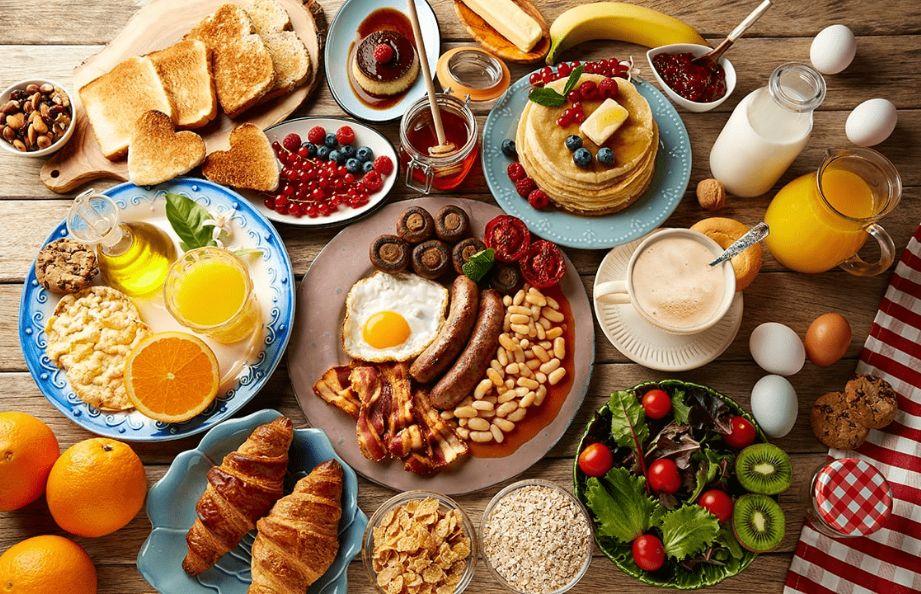
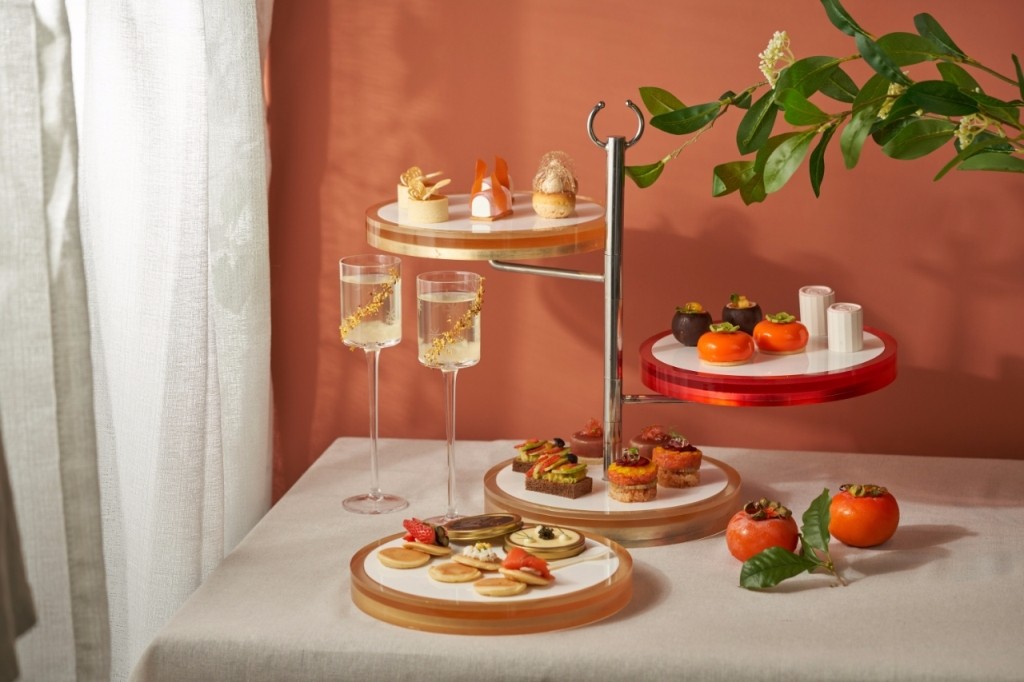














0 User Comments